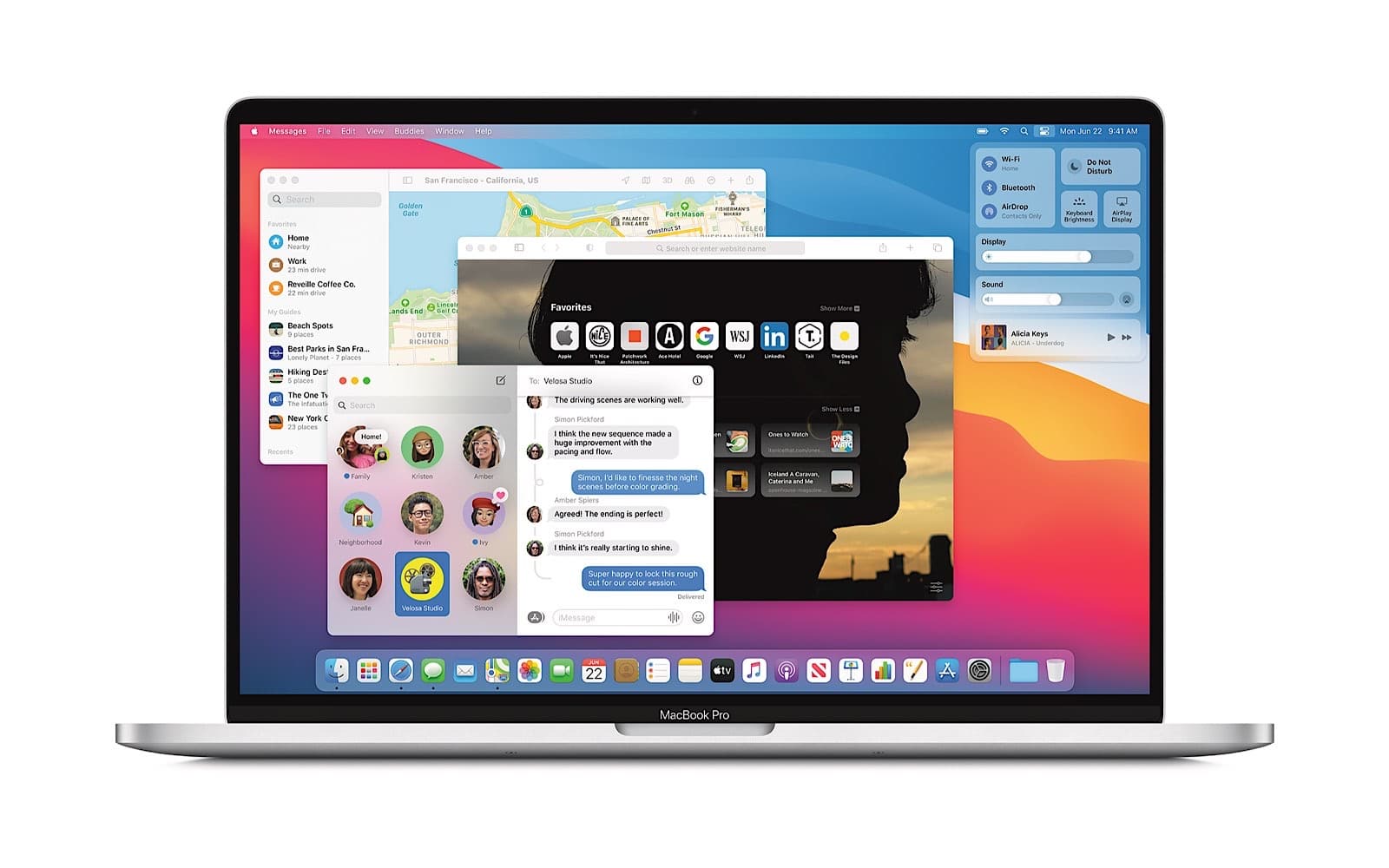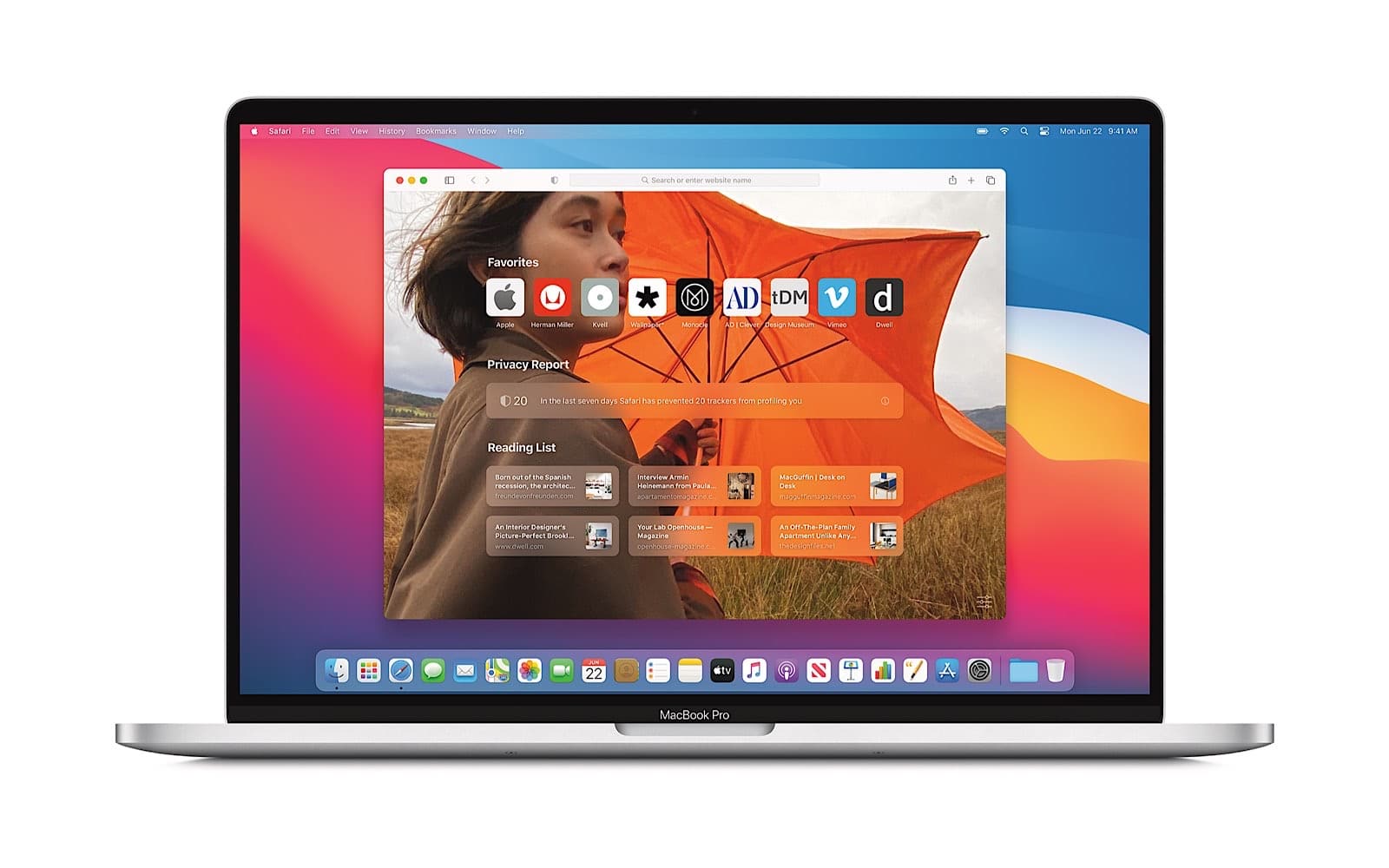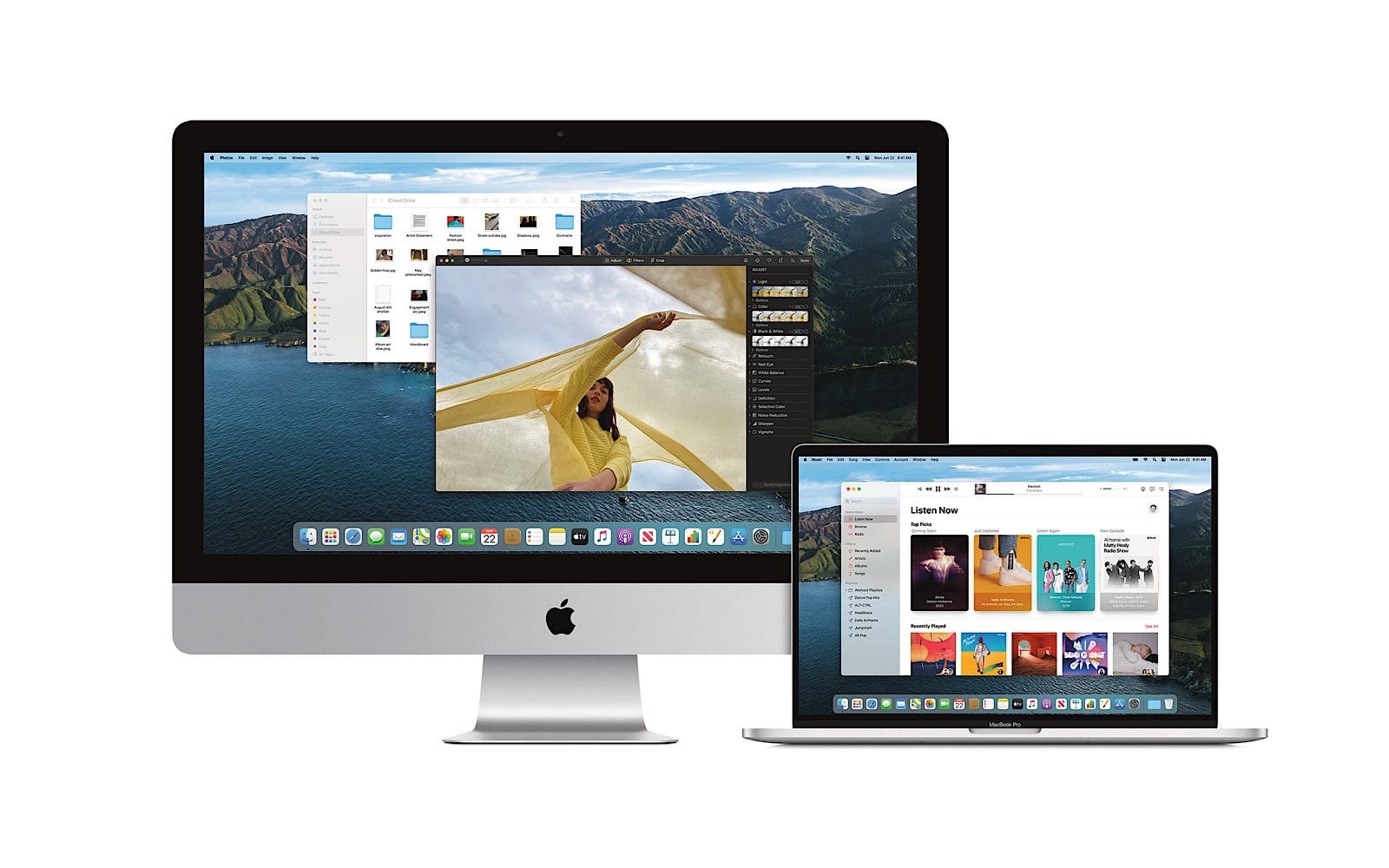We’re beyond version numbers now, as the next version of macOS focuses on a big look, named after a mountain range in California.
Owners of current Mac laptops and desktops, as well as future owners, look set for a bit of a change in the coming months, as Apple has kicked off its mid-year Worldwide Developer Conference (WWDC) online this year with a look at what computers can expect later in the year, and it’s about keeping things fresh.
Much like how nature help keep our world fresh, so too will macOS Big Sur, version 10.16 of Apple’s computer operating system, named after one of America’s undeveloped coastlines filled with mountains, rocks, and trees covering part of the state in the US where Apple is located, California.
In fact, it’s an update that seems very focused on look, with Big Sur including what may well be the biggest design upgrade since Mac OS X was introduced almost 20 years ago, back in March 2001.
The changes to macOS Big Sur include tightening of Apple’s design and better use of the desktop space, making buttons withdraw from focus when not in use, making icons more consistent with other Apple products, and including new takes on the control centre and notification centre that have been found in prior versions, allowing the information to appear much like they might on the phone, dropping into view with small micro versions of apps.
Alongside those changes, Apple’s web browser Safari is being improved for speed, running tabs faster than before, while also offering customisation in the browser to make Safari’s start screen a reflection of your life and not just a grey screen. You can now customise the background look of that start screen, making it a little more your own, and if you check web pages in other languages, it can translate webpages from up to seven languages (so far) with a single click.
What’s more, Safari is becoming a little more like other browsers, thanks to support for extensions. If you’ve used Chrome, Firefox, or Opera, you’ll know what these are, able to add extra functionality to a web browser, with thes tiny apps for Safari appearing in the Mac App Store.
Other apps will be seeing changes, too, such as Messages, which gets a way to pin your conversations to the top of the list for easy finding, while effects can let you add similar personality to messages that iPhone and iPad users have had for some time.
Apple Maps gets an update, too, with a way to check out Guides from resources if you’re looking to plan that next trip from when we’re all out of the country-wide lockdowns. Owners of an iPhone will even be able to send some of these planned routes directly to their phone, too, allowing them to take the planning with them if need be.
And Mac Catalyst is getting more support in the developer world, handy for developers keen to bring iOS apps on the iPhone and iPad to macOS, with apps in Big Sur adopting the look if they plan to port things over from mobile to laptops and desktops.
Plus there’s a lot of privacy support being added across the system, with more protection in Safari, as well.
What this adds up to is a computer experience that looks like a bit of a fresh air for Apple, improving the design and revitalising the Mac for many owners.
“With its modern and clean look, huge improvements to key apps including Safari, Messages, and Maps, and new privacy features, we think everyone is going to love the breakthrough experience that macOS Big Sur offers,” said Craig Federighi, Senior Vice President of Software Engineering at Apple.
As to when you can expect macOS 10.16 Big Sur, developers can start playing with the beta today, while a public beta will be made next month for anyone to try. Like all beta releases, you’ll want to tread carefully, as beta versions tend to be buggy, which means it may not be suitable for a regular day-to-day machine.
Later in the year, however, macOS Big Sur will be released publicly, expected some time between August and October, as has been the case previously.









